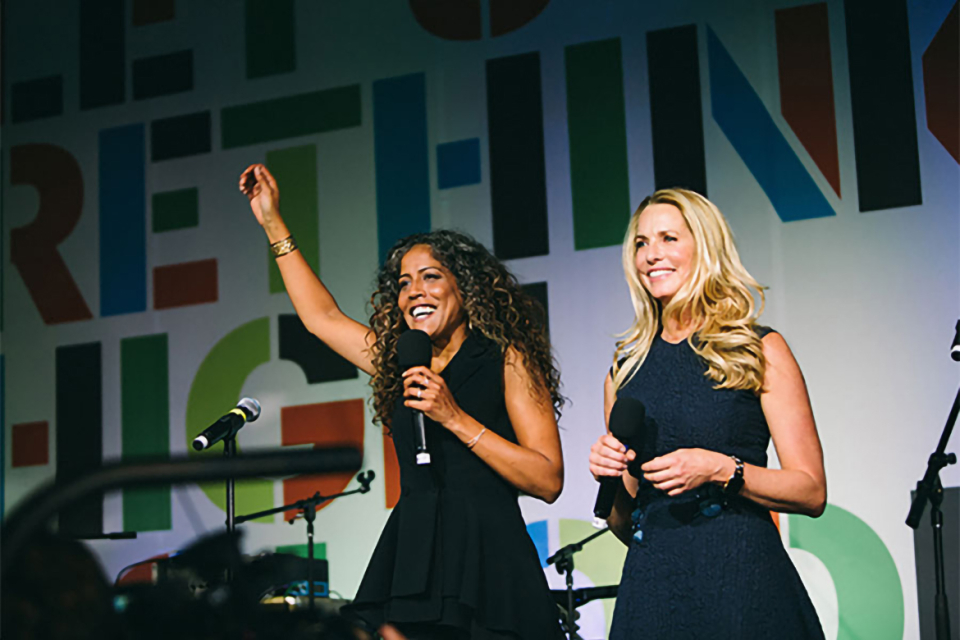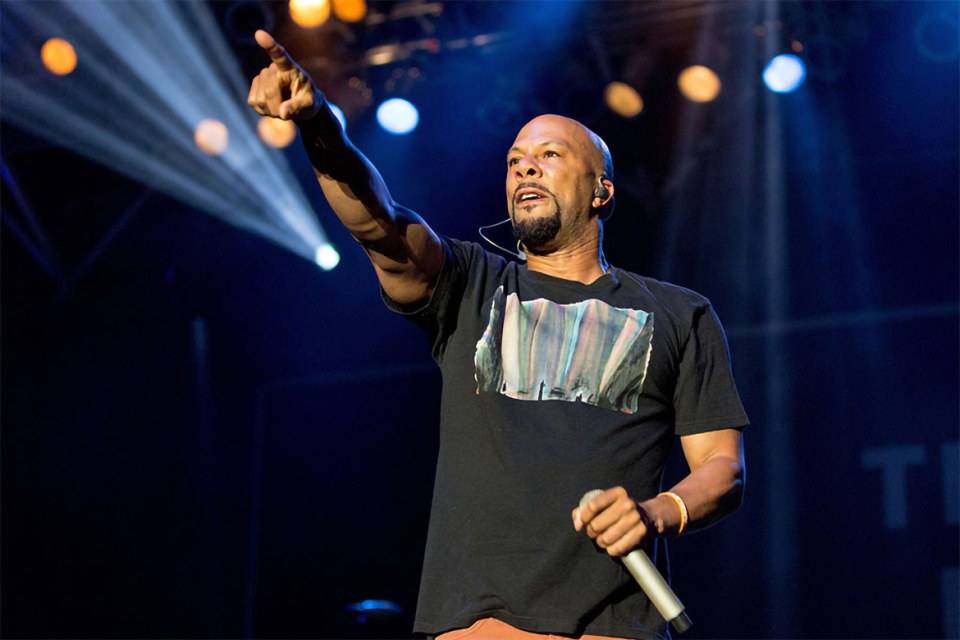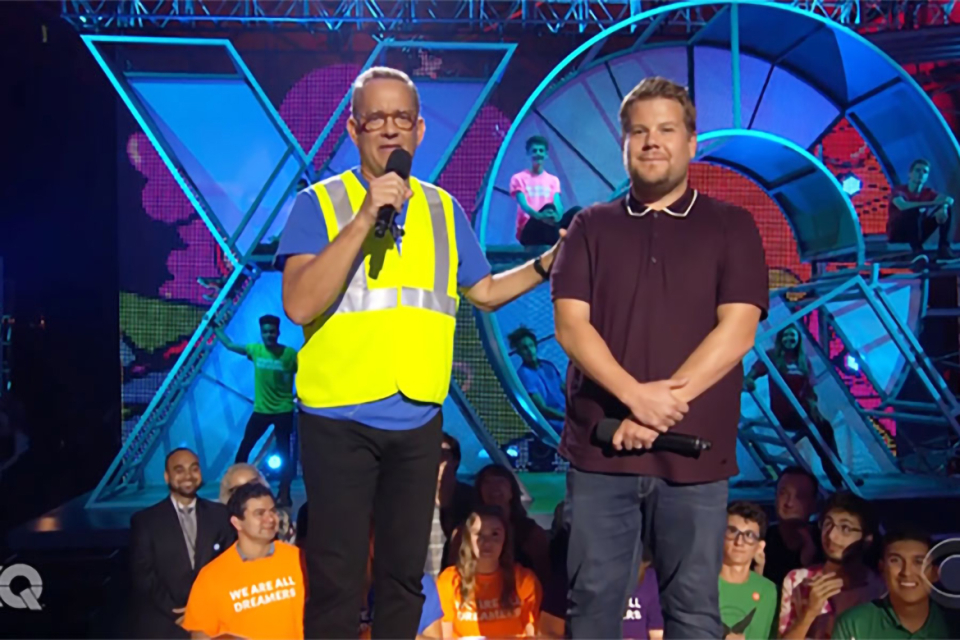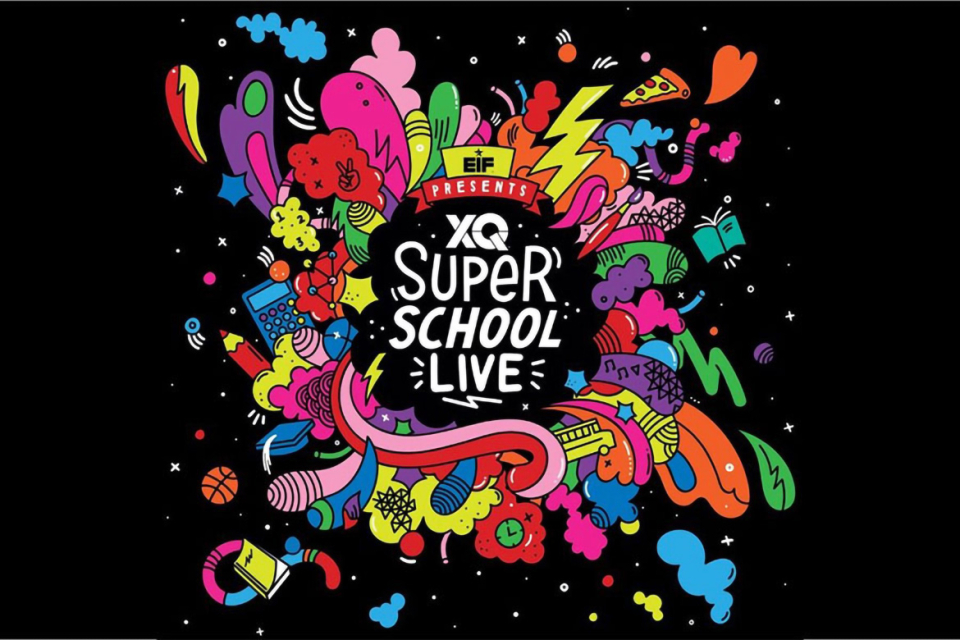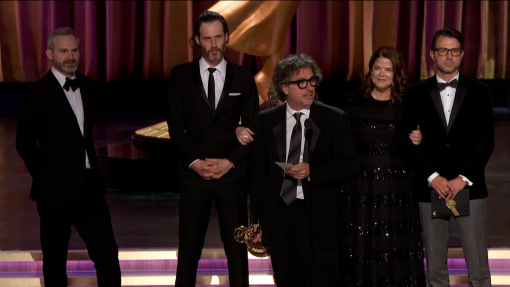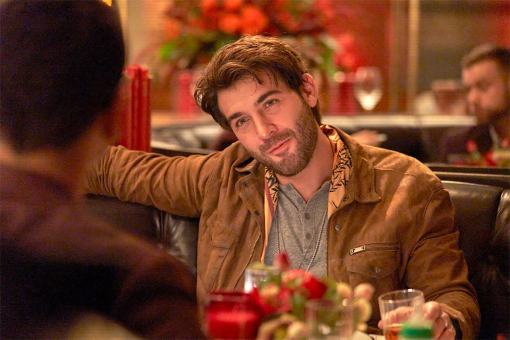Most Americans have gone or will go to high school.
Drive across the country, and you can almost always identify a school building in any given town. Schools haven't changed much since American public education began. Kids sit in rooms, teachers stand at the front and deliver lessons. Students take tests, and, if they pass, move on to the next room, the next grade, where the cycle starts again.
What if there were a better way to educate our young people? What if students left the classroom and got genuine, hands-on experience in the real world that would prepare them for life in college and industry? That is the premise of the XQ: The Super School Project, introduced to the world and celebrated in XQ Super School Live, broadcast on all four major networks in September.
The broadcast featured an all-star cast including Viola Davis (who was also a producer on the show with her husband Julius Tennon), Tom Hanks, Common, Jennifer Hudson, and more. But despite the star-studded cast, the real stars of the show were the teachers and students at the 18 schools participating in the pilot program.
In order to choose what schools would participate in this experiment, a rigorous challenge was sent out to schools and educators across the nation.
The challenge included Discovery, what the educators had learned about how students really learn and what is needed to make it better, Design, questions centered on what this new school model would look like, and Develop, specific questions on how the design they proposed would work in the area in which they work, encompassing everything from the make-up of the student body to physical needs of the school to school governance, and how and when they might be able to open the school.
Russlynn Ali, CEO of XQ Institute explains the concept, "So what it was, was a national, a national challenge, a national call to come and join and dream big about what schools could be in the community. 10,000 people across the country to join together in teams and share and work on their ideas while we provided a plethora of support.
"We developed a competition to have three phases of discover, design, develop, which was based on 250 of the best resources of how to do schools differently and what makes schools work, especially for kids. We never could have anticipated the number of people, nor their ideas. We started with the notion that we don't have the answers.
"We knew that an informed and empowered community would have those answers and what we saw was the most magnificent ideas for the transformation of schools and there's no one-size-fits-all to these models. The school in the museum, actually in a museum in Grand Rapids, it will basically make use of 250,000 historical and community artifacts, cultural artifact. It will also work on excavation projects.
"There's another school in Los Angeles that is working with homeless young people and people in the foster system, which is a school that's literally meeting people where they are. That's housed in social services, so you'll have a school on wheels so they can get to young people that ensures access throughout the day.
"Kids learn, and standards and curriculum are developed in a very personalized way that accelerates their performance and ensures those young people have credit recovery and in fact are ready for college and career in a very short period of time."
Ali continues, "There is another model across town in Memphis, Tennessee that is diversity by design. That's what they call themselves. The school is literally healing the wounds of segregation in that community where young people are working with not only medical practitioners and local businesses to do entrepreneurship projects, but have revived a local economy by building a school in an old Sears building that was once dilapidated, that used to be the engine of that community.
"There's a school in Endicott that was the birthplace of IBM, that school is literally revitalizing the local economy. They want to be the epicenter for new business, new entrepreneurship. They have businesses and entrepreneurs working side by side as they develop a curriculum and do really exciting ways of teaching and learning. So these models, they came up with them."
Ali's and the program's basic aim was specific and multi-facteted. "What we were looking for was to ensure that the young people would have very deep learning experiences where they would be ready for college and career, where there would be nested-in student voice and agency, where the schools would be what we call four striped where community and business and higher ed are wrapped in, in the school itself.
"What we're looking for is where their schools are, how to do school, the time that it takes for learning and show transformed models of action."
All this is a new way of looking at a system that hasn't changed for hundreds of years, which could be a daunting task.
Ali says, "A change of this magnitude requires a cultural shift. And a part of our mission on the show was to help revive education to be the aspirational brand, something that we really all could agree on. To really celebrate teachers, to treat them as the professionals that they are. One of the campaigns shows, "Thanks for teaching me," is meant to reward, celebrate, and inspire the teachers who are nation builders."
Ali and the creators of the program believe that it take an entire community to educate young people properly.
"What's also exciting about those teams of 10,000 people, about a fifth were educators, but we also saw architects and engineers, and parents, and business members as part of teams as well. And we wanted to help show this really is a community problem and coming together is the way to solve it. We really are best as a country when we come together to solve these big problems. "
Such a huge cultural shift is not an easy road. However, according to Ali, there was less push back than might have been expected as they built these programs across the country.
She says, "One of the requirements, if you will, was that they needed to be school and district collaborations. So while the teams were mostly consisted of "outsiders," folks not traditionally associated with school, you knew that truly to make this work and to sustain the change you had to have buy-in from administrators and from public school officials.
"What we were pleasantly surprised to see is how much that collaboration really took effect. So in a place like Seminole County Florida, PSI High, which is one of the schools that is actually district-led, the district superintendent owned this work. Same thing in Oakland - that leader has since changed. We also saw it in places like Endicott, where the superintendent there was a part of the team.
"These schools are showing us what we're seeing elsewhere, which is administrators also willing to change. Leadership willing to collaborate, to take on something new for young people.
"So we have not encountered the deep-rooted resistance. That's not to say that there have not been obstacles, that's not to say that it didn't get tense, that when we're in implementation mode where the bureaucracy itself becomes a barrier. What we have seen is a real push to overcome those obstacles and to put young people first and make this change for themselves."
Once all of this work was in process, the idea for a television special to both publicize and celebrate it was essential to get the word out. And it made a huge impact on its audiences.
"People by and large are really excited to see cultural entrepreneurs and educators and young people putting this hope for education transformation and new high schools at the center of civic conversations. Lots of teachers have written, and I've seen and talked to [some] that have said they love being celebrated and said thank you for cultural influences that represent themselves.
"They're so authentically invested in this work, in this most important movement of our generation. So, I, granted that I might have biased influences, but I have not heard any negative feedback about it. And people were generally very excited and publicly surprised to see it in a non-telethon way. Voices coming together to say, 'let's do this America.'
"And we're thrilled to learn 26.3 million people watched for an average run time of 17 minutes. Time is everyone's precious resource. So that's saying Americans are willing to devote time to watching this and learning. We were monitoring the users of those across the country and working with them to get civically engaged and participate in local school board elections and processes.
"We released a college pathfinder, what we called it, a little passport for young people in an interactive way to know what it takes throughout high school to be prepared and succeed in college.
But the project is only beginning. XQ has a number of projects and ways to inform the public about this new approach to high school. The group has a web site, a Facebook page, a Twitter Account, as well as the Super School Bus, which brings some of the Super School's ideas to communities around the country. The television special was just the kickoff.
Ali says, "We had over 70,000 people that might participate in the SMS. All in all we are thrilled with the reach to help spur and catalyze this. We saw every walk of life across ages, across demographics, across geographies, and excited to help. There were over 500 viewing parties in every state in the country.
"And the vision that was there. Communities and living rooms everywhere heard about in Iowa a block party that occurred where they had it on a big screen, that was the most exciting and inspiring. To say we are going to figure out how to fix this and we are going to work together to make sure that we put our divides aside and become a great country by having great schools."
For more information on the XQ: The Super Schools Project, click here.

